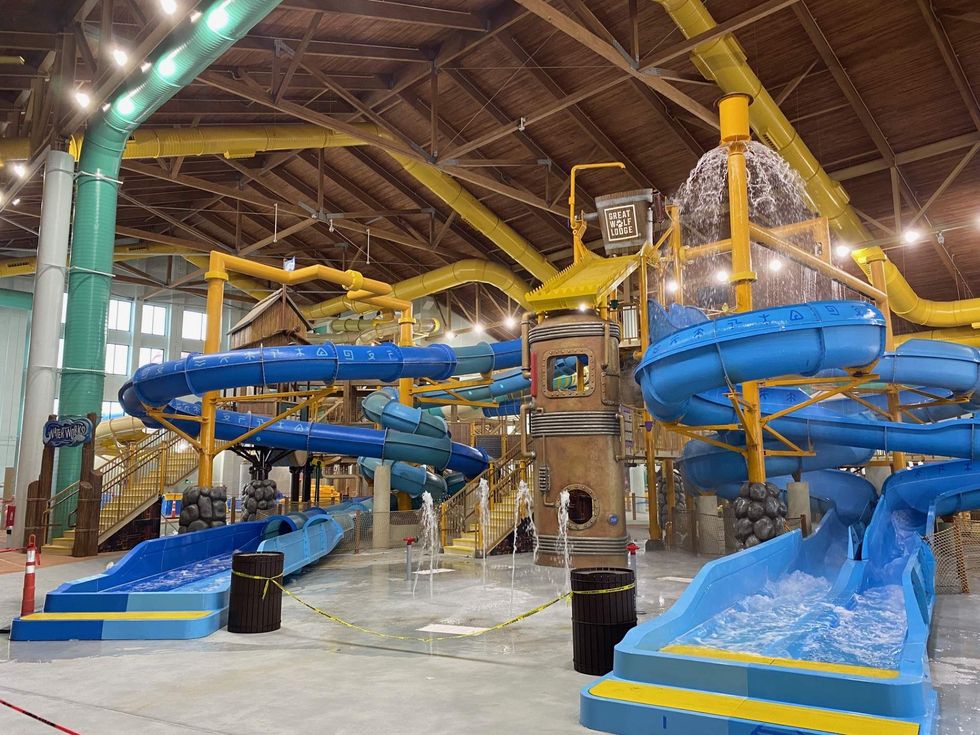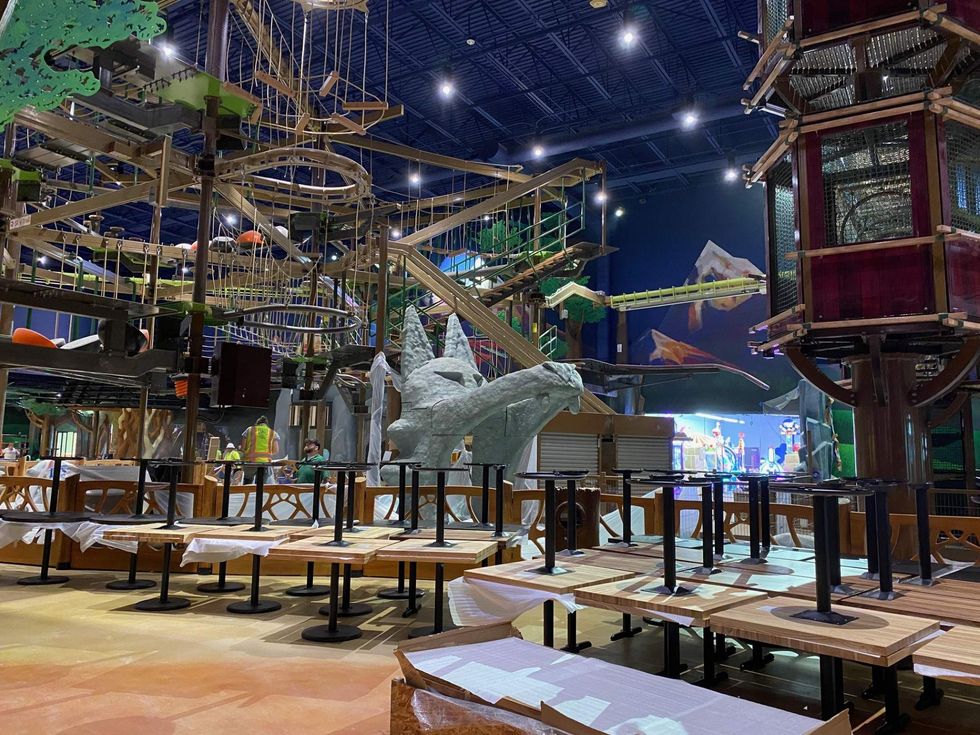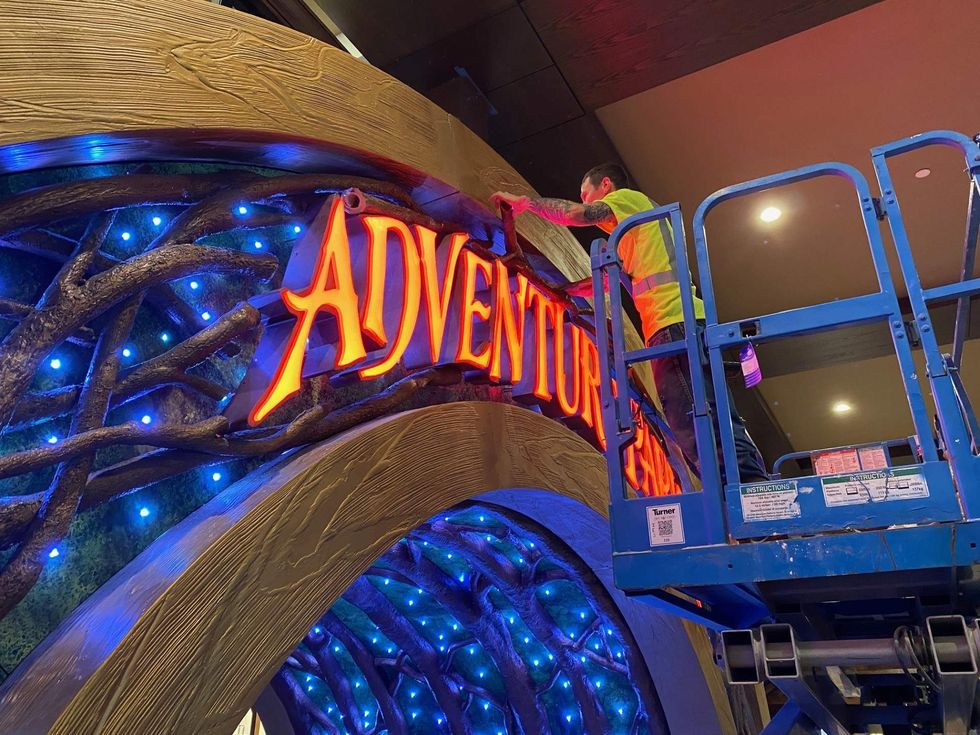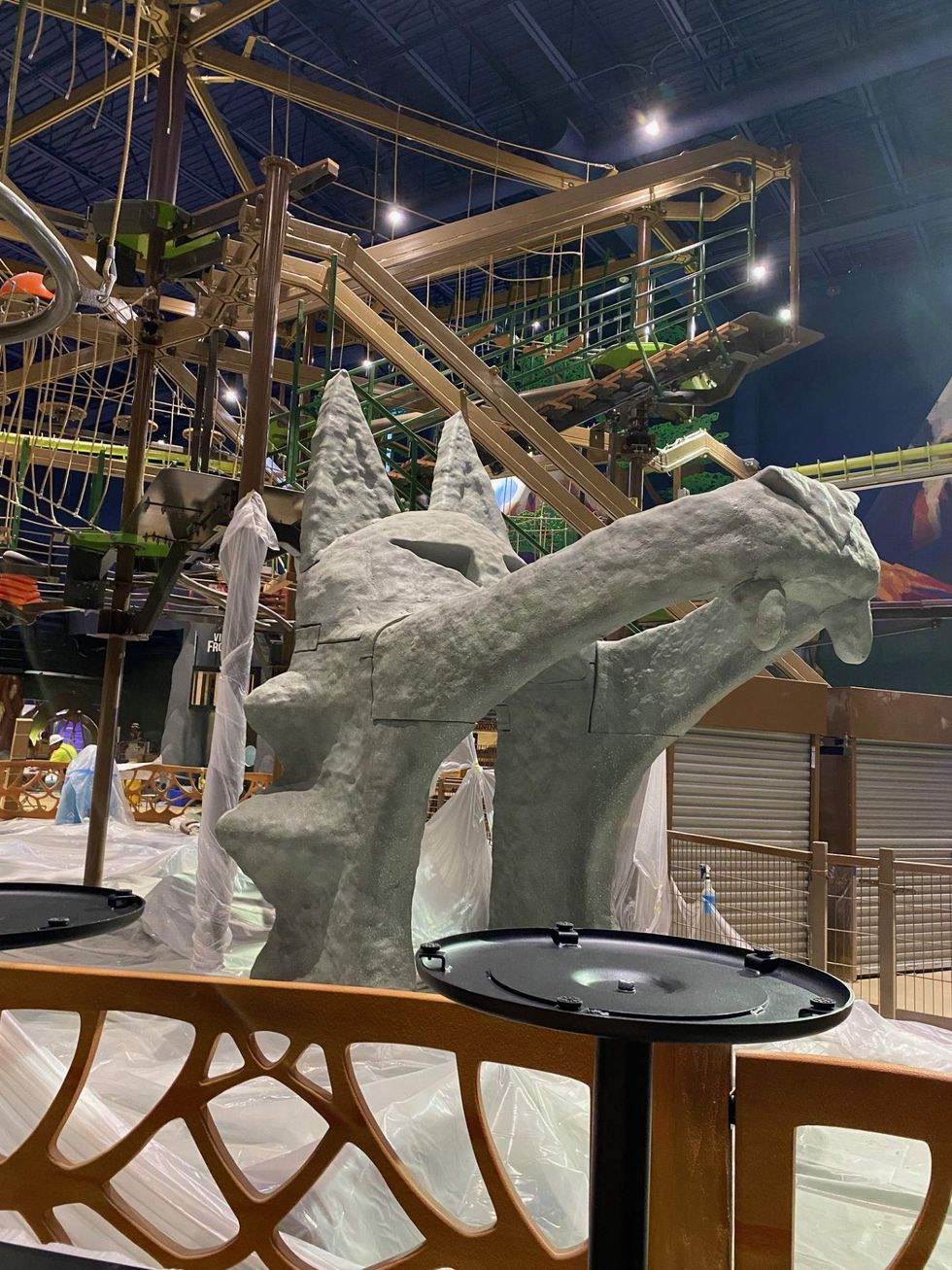Mission possible
San Antonio Missions unearths $104M in visitor spending, says report
Back in the 1700s, no one could have imagined that San Antonio’s missions would someday be a massive economic force.
A new report from the National Park Service shows visitors to San Antonio Missions National Historical Park spent $104 million in the park’s vicinity last year. That’s the first time the yearly spending figure has exceeded $100 million.
Even more impressive: San Antonio Missions accounts for than more than one-fourth of the estimated $371 million in spending last year at the state’s 14 national parks. That makes the San Antonio site the biggest money producer among the 14 parks.
Overall, the $104 million in spending by last year’s 1.3 million visitors to San Antonio Missions generated an economic impact of $165 million, the National Park Service says.
Statewide, national parks attracted 5.9 million visitors in 2021 and triggered an economic impact of $579 million.
The 475-acre San Antonio Missions National Historical Park, the only UNESCO World Heritage Site in Texas, comprises four of San Antonio’s five Spanish Colonial missions. The fifth mission is the state-run Alamo. Congress established the national park in 1978.
San Antonio’s five missions date back to the 1700s.
Around the U.S. last year, 297 million visitors spent $20.5 billion in communities within 60 miles of a national park, generating an economic impact of $42.5 billion.
“Nature is essential to the health, well-being, and prosperity of every family and community in America, as well as to the local economies of gateway communities that support our national parks,” says Interior Secretary Deb Haaland, whose agency oversees the national parks.
“As we continue to welcome families to our parks and public lands across the country,” Haaland adds, “the Interior Department is committed to making investments in our lands and waters that will support tens of thousands of jobs, safeguard the environment, and help ensure that national parks and public lands are ready to meet the challenges of climate change and increased visitation.”





